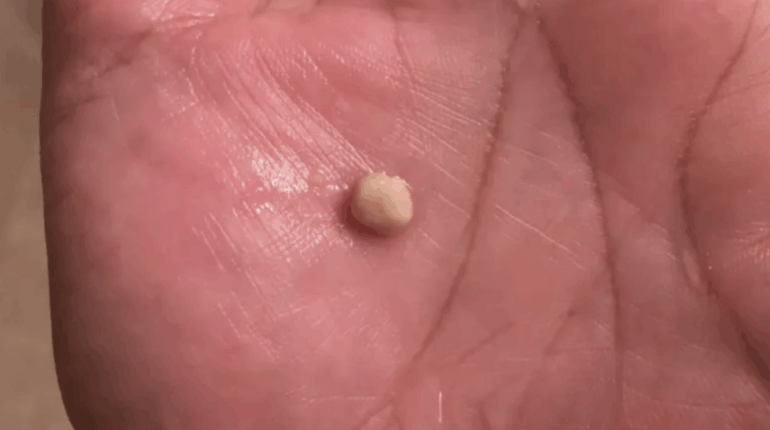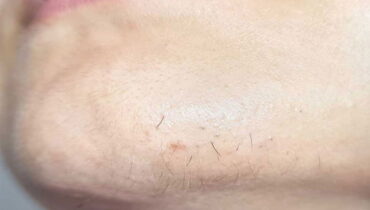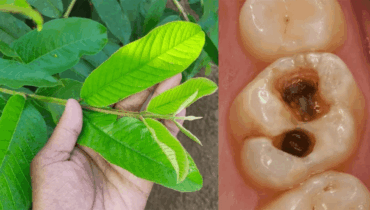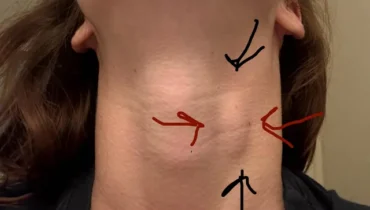📌 Surprising Signs of Tonsil Stones—And How to Get Rid of Them for Good

Posted 4 August 2025 by: Admin
Ever felt something odd at the back of your throat and wondered what it could be? Tonsil stones are more common than you might think—while not dangerous, they can certainly be unpleasant. Discover what causes them, how to treat them, and effective ways to prevent their return.
Here’s What You Need to Know About Tonsil Stones
Ever noticed a strange lump in your throat or dealt with stubborn bad breath? Tonsil stones are a surprisingly common culprit—here’s how to handle them and keep your mouth fresh.
Have you heard of tonsil stones, or maybe even had one yourself? While these aren’t a threat to your overall health, they’re certainly not pleasant to discover. Here’s what you should know about tonsil stones: why they appear, how to treat them, and the best ways to keep them from forming.
What You Need to Know About Tonsil Stones
Source: Wikimedia commons
Tonsil stones, or tonsilloliths, are tiny, yellowish-white lumps that can develop in the grooves of your tonsils. While they rarely pose a serious risk, they may cause discomfort and often lead to bad breath (halitosis). These are most common in kids and younger adults but can appear at any age. Tonsil stones form when food debris, dead cells, and bacteria become trapped in the tonsils and gradually harden, creating small stones that a dentist or doctor can remove if needed.
Symptoms of Tonsil Stones
Source: YouTube
Tiny tonsil stones often go unnoticed, but larger ones can trigger a variety of symptoms. Watch for the following:
- Persistent foul breath (halitosis)
- Sore throat or trouble swallowing
- A metallic taste in your mouth
- Swelling of the tonsils
- Discomfort or pressure in the ear
- Chronic cough
- Recurring tonsil infections
If you notice these symptoms, it’s wise to see a medical professional for a correct diagnosis. Now, let’s explore how tonsil stones are found and addressed.
Diagnosing Tonsil Stones
Tonsil stones are fairly simple to detect. Your doctor will typically examine your throat and discuss your health history. Sometimes, they may suggest imaging tests or a throat swab to confirm tonsil stones and rule out other issues.
Treatment Options
Source: Shutterstock
Many tonsil stones don’t need medical attention—they may even come loose on their own. If they don’t bother you, treatment isn’t always needed. But for persistent discomfort or bad breath, several remedies exist:
- At-home removal: Try gently dislodging stones with a cotton swab or saltwater gargle. Avoid sharp objects that could injure your tonsils. Only try this if you’re confident in what you’re doing.
- Antimicrobial rinses: Mouthwashes that target bacteria can help minimize future stone formation.
- Oral irrigators: These tools flush debris from the tonsil crevices.
- Surgical options: For frequent or bothersome stones, your doctor may recommend removing the tonsils entirely (tonsillectomy).

















